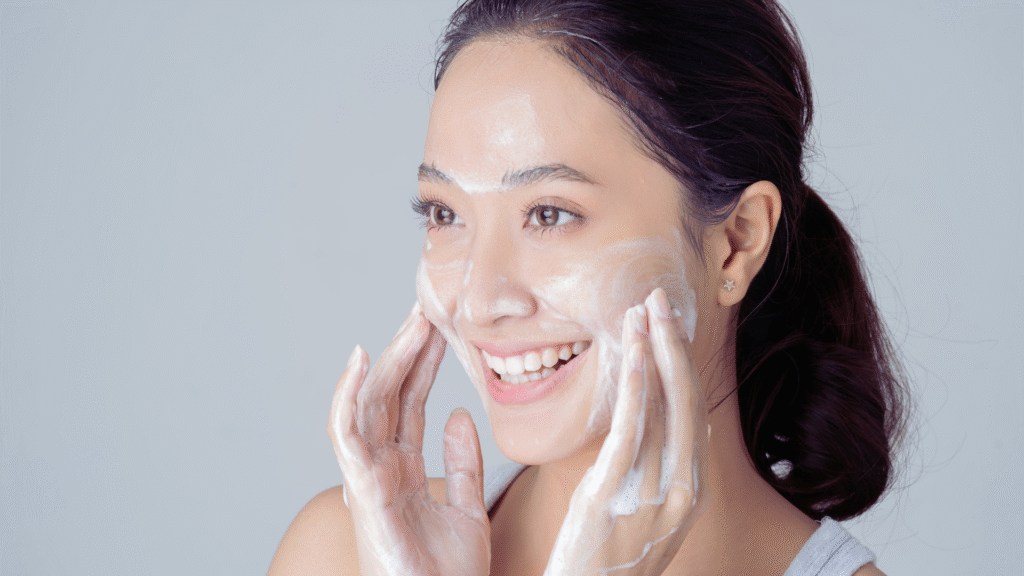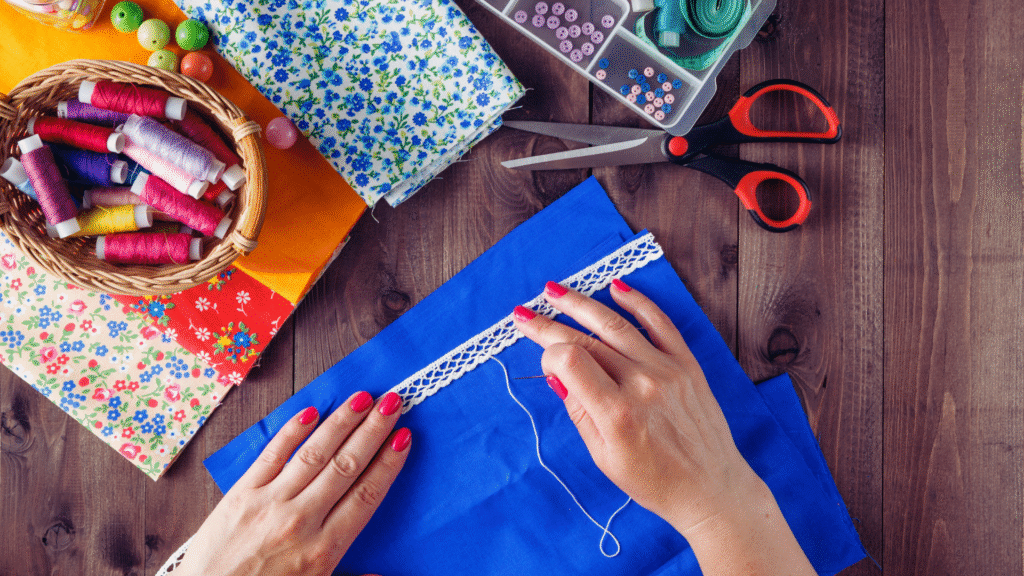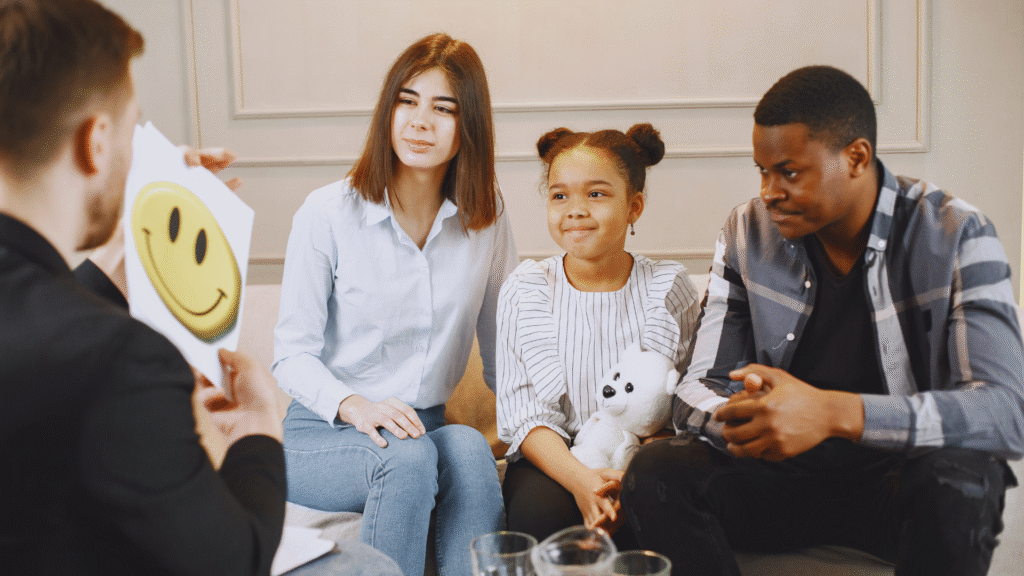DIY fashion projects offer a wonderful way to merge creativity with personal style while revitalising old clothes. Transforming garments that may no longer see regular wear into unique pieces not only enhances a wardrobe but also promotes sustainability. Whether it’s through simple alterations or adding embellishments, these projects can bring fresh life to forgotten items, making fashion more accessible and personal.
Comfort is another key factor in DIY fashion. Customising clothing allows individuals to create pieces that not only fit well but also suit their personal aesthetic. By taking matters into their own hands, people can enjoy the satisfaction of wearing something uniquely theirs, enhancing their comfort and confidence.
Exploring various DIY projects can be a fun and fulfilling experience. From upcycling t-shirts into bags to turning jeans into stylish shorts, the possibilities are plentiful. With just a few materials and a bit of imagination, anyone can embark on a creative journey that reflects their personal style and brings joy to their daily attire.
The Fundamentals of DIY Fashion
DIY fashion combines creativity with practical skills, allowing individuals to customise their wardrobe. Understanding the basics and having the right tools can elevate any project.
Understanding DIY Fashion
At its core, DIY fashion encourages personal expression through clothing and accessories. It involves utilising existing garments and transforming them into something new.
Key skills include pattern making, sewing, and a good eye for design. Beginners can start with simple alterations like hemming or adding embellishments.
Upcycling is an essential concept in DIY fashion, promoting sustainability. This approach involves repurposing old clothes into trendy items. Techniques like fabric dyeing and painting can enhance a piece’s visual appeal, allowing for personal touches.
Tools and Materials
A well-equipped DIY fashion toolkit is essential for successful projects. Key tools include:
- Sewing machine: Useful for quick stitching and alterations.
- Fabric scissors: For clean cuts and shaping.
- Pins: To hold fabric pieces together during assembly.
Materials play a vital role as well. Fabric paint and acrylic paint can be used for unique designs, while fabric dye enables colour changes on existing clothing. When embarking on projects, consider using high-quality materials for durability.
Organising materials in labelled containers can streamline the process, making projects more efficient and enjoyable. With the right tools and mindset, DIY enthusiasts can create fashionable items tailored to their tastes.
Project Ideas and Execution
This section explores diverse DIY fashion projects that can be executed at home. It covers creative methods to upcycle old garments, craft custom accessories, and personalise items using paint and dye.
Upcycling Old Garments
Upcycling old clothes transforms worn items into stylish new pieces. This involves several techniques, such as cutting, sewing, or adding embellishments.
One popular method is turning an oversized shirt into a fitted dress. Simply take in the sides, adjust the length, and add a belt for shape. Alternatively, a pair of jeans can be repurposed into a trendy tote bag. Cut the legs off and sew the bottom closed for a functional shopper.
Another idea is to create fabric scraps from old garments. These can be used in patchwork projects, where multiple pieces are sewn together to make something unique. This approach promotes comfort and individuality in one’s wardrobe.
Creating Custom Accessories
Custom accessories enhance outfits and allow for personal expression. Simple projects include making keychains, hairbands, or bags from fabric scraps.
To create a keychain, cut small shapes from leftover fabric. Sew or glue these pieces together and attach them to a keyring. This adds a personal touch to everyday items.
For hairbands, use elastic and fabric scraps. Cut the fabric into strips, wrap them around the elastic, and secure with stitches or glue. These colourful additions not only complement outfits but also showcase creativity in accessorising.
Personalising With Paint and Dye
Acrylic paint and fabric dye are effective for personalising clothes. This method allows for creative designs and patterns.
Using fabric paint, one can create unique designs on shirts or tote bags. Simple stencils can guide patterns, or freehand painting offers a more personal touch. Choose colours that suit the intended look.
Fabric dye can completely change the colour of an item. Tie-dye techniques or ombre effects are popular approaches. This adds a vibrant aspect to previously dull garments, making them more appealing and fashionable.
Design Principles and Techniques
Applying fundamental design principles and exploring techniques can significantly enhance DIY fashion projects. Understanding these concepts aids in making informed choices while boosting creativity and personal style.
Basic Design Principles
Key design principles include balance, contrast, and harmony. Balance refers to the visual weight in a design, either symmetrical or asymmetrical, ensuring a pleasing arrangement of elements. Contrast creates visual interest by highlighting differences in colour, texture, or pattern, making features stand out.
Harmony brings all design elements together, allowing for a cohesive look. Using complementary colours can be an effective way to achieve harmony. Furthermore, proportion and scale are vital; elements should complement one another and fit within the overall design.
Understanding these principles helps one utilise fabric paints and dyes effectively, ensuring that each project maintains visual appeal while expressing individuality.
Advanced Decoration Techniques
Advanced decoration techniques enhance the sophistication of DIY fashion projects. Techniques such as tie-dye, stencilling with fabric paint, and appliqué can transform a simple garment into a unique piece.
Tie-dye allows for creative experimentation with colour, while stencilling provides precision in designs. Appliqué involves sewing fabric shapes onto a base garment, adding texture and dimension.
For intricate designs, combining techniques can yield stunning results. For example, using fabric dyes for a base colour and then adding stencilled patterns can create depth. Mastery of these techniques enhances design skills and fosters a creative approach to fashion projects.
Digital Influence on DIY Fashion
The digital landscape significantly shapes DIY fashion practices. With access to vast online data and services, enthusiasts can explore techniques, trends, and inspiration for their projects. Understanding privacy concerns is also essential as data-sharing practices evolve.
Utilising Online Data and Services
DIY fashion enthusiasts benefit enormously from online data and services. They can access tutorials, patterns, and fashion trends through various platforms, including blogs, social media, and video-sharing sites. Sites like Pinterest and Instagram serve as visual landscapes, showcasing user-generated content, allowing individuals to connect with global communities.
Online shops provide materials and tools essential for projects. Services such as pattern generator apps leverage user data to enhance customisation options. Users can also follow influencers to stay updated with the latest DIY techniques. This access empowers creators to refine their skills and expand their project possibilities.
Privacy and Legitimate Interest
Privacy is a critical concern in the digital DIY fashion space. Websites often employ cookies and track device characteristics to improve user experience. This data collection raises questions about legitimate interest and consent. Users may not be fully aware of how their information is used, which can lead to privacy breaches.
To maintain credibility, platforms must implement clear privacy policies. Transparency regarding data usage fosters trust and informs users about their rights. DIY fashion fans should be vigilant about the information they share and ensure they engage with reputable sites that prioritise privacy. Understanding these elements can lead to a safer and more informed DIY experience.





